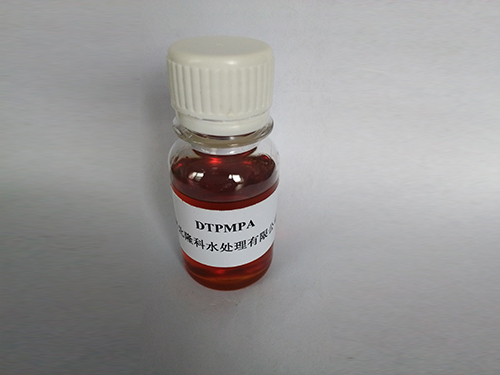Current Trends and Pricing Analysis of Isothiazolinone in the Chemical Market
Understanding Isothiazolinone Prices Insights and Trends
Isothiazolinones are a class of heterocyclic compounds widely used for their antimicrobial properties, especially in the fields of industrial formulations, cosmetics, and personal care products. The demand for isothiazolinones has surged over the past few years, leading to fluctuations in their prices. Understanding the factors that influence the pricing of isothiazolinones is crucial for manufacturers, suppliers, and consumers alike.
One of the primary factors affecting isothiazolinone prices is raw material costs. The production of these compounds relies on specific chemical precursors, whose prices can vary significantly due to market dynamics. For instance, fluctuations in the cost of petrochemicals, which are often used as starting materials in chemical synthesis, can directly impact the cost of isothiazolinones. Additionally, supply chain disruptions, whether due to geopolitical tensions, natural disasters, or global pandemics, can lead to increased prices as manufacturers struggle to source the necessary materials.
Another key aspect influencing isothiazolinone prices is regulatory scrutiny. Isothiazolinones, particularly methylisothiazolinone (MIT) and chloromethylisothiazolinone (CMIT), have come under increased regulation due to concerns over their potential health effects, including skin sensitization and allergic reactions. Regulatory bodies in various regions, such as the European Union and the United States, have implemented stricter guidelines regarding the use of these compounds in consumer products. Compliance with these regulations often requires additional testing, formulation adjustments, and certifications, translating to higher production costs that are then passed on to consumers in the form of elevated prices.
isothiazolinone price

Moreover, the growing trend towards sustainability and environmental consciousness has influenced isothiazolinone pricing. Manufacturers are increasingly pressured to adopt greener production processes and alternative ingredients. This shift not only requires investment in research and development but also may limit the availability of traditional isothiazolinones, thereby straining supply and driving up prices. As consumers become more discerning, companies must balance cost with the demand for safer and more sustainable products.
Market demand is another pivotal factor in the pricing equation. The expansion of industries such as personal care, paint, and coatings has increased the consumption of isothiazolinones. As more products incorporate these antimicrobial agents to enhance shelf life and performance, the heightened demand can lead to increased competition among suppliers, further influencing prices. Seasonal demand fluctuations can also play a role; for example, higher demand during specific times of the year can strain supply networks, leading to temporary price spikes.
Global trade dynamics cannot be overlooked either. Import and export tariffs, trade agreements, and transportation costs can significantly affect the pricing of isothiazolinones in various regions. For example, a sudden increase in tariffs on imported chemicals can raise costs for manufacturers reliant on foreign supplies, ultimately impacting consumer prices.
In conclusion, the price of isothiazolinones is shaped by a complex interplay of raw material costs, regulatory factors, market demand, and global trade influences. As industries continue to evolve and adapt to consumer preferences and regulatory shifts, understanding these dynamics will be essential for stakeholders in the supply chain. The future of isothiazolinone pricing will likely reflect broader trends in sustainability, safety, and innovation, making it an area to watch for businesses and consumers alike. As this market continues to develop, industry participants must remain agile and informed to navigate the challenges and opportunities that lie ahead.
-
Understanding Polycarboxylic Acids: Properties, Applications, and Future PotentialNewsJul.28,2025
-
Scale Inhibitor Explained: How to Protect Your System from Limescale and Hard Water DamageNewsJul.28,2025
-
Scale and Corrosion Inhibitors: Essential Chemicals for Industrial Water System ProtectionNewsJul.28,2025
-
Polyaspartic Acid: A Biodegradable Polymer for Sustainable ChemistryNewsJul.28,2025
-
Isothiazolinones: A Versatile Antimicrobial Class with Industrial Power and Regulatory ChallengesNewsJul.28,2025
-
A Deep Dive into 2-Phosphonobutane-1,2,4-Tricarboxylic Acid (PBTC)NewsJul.28,2025





